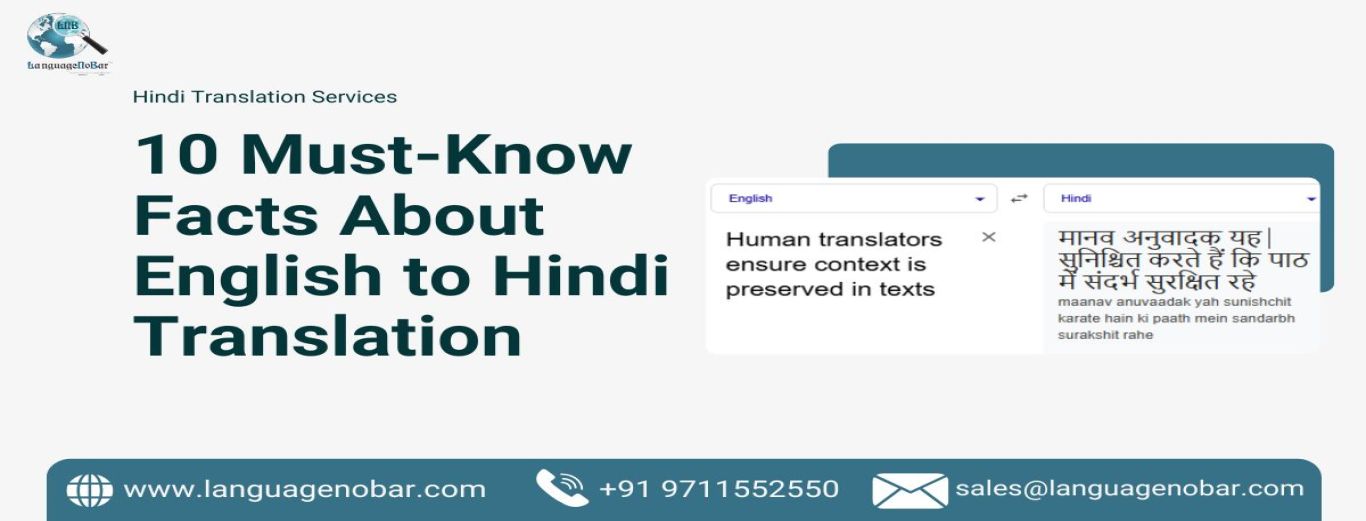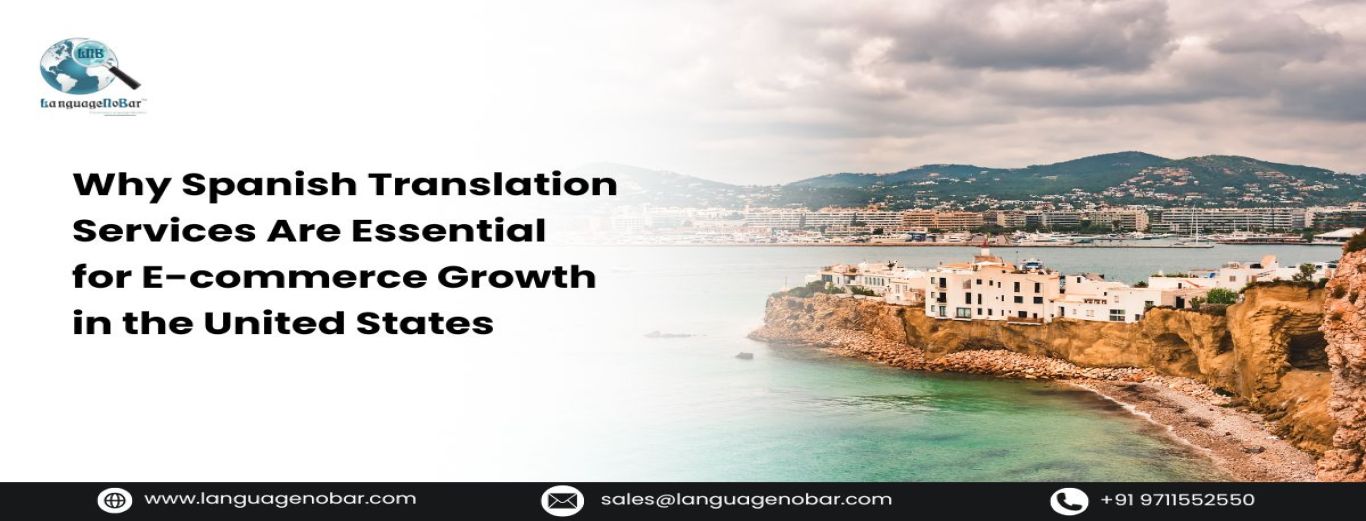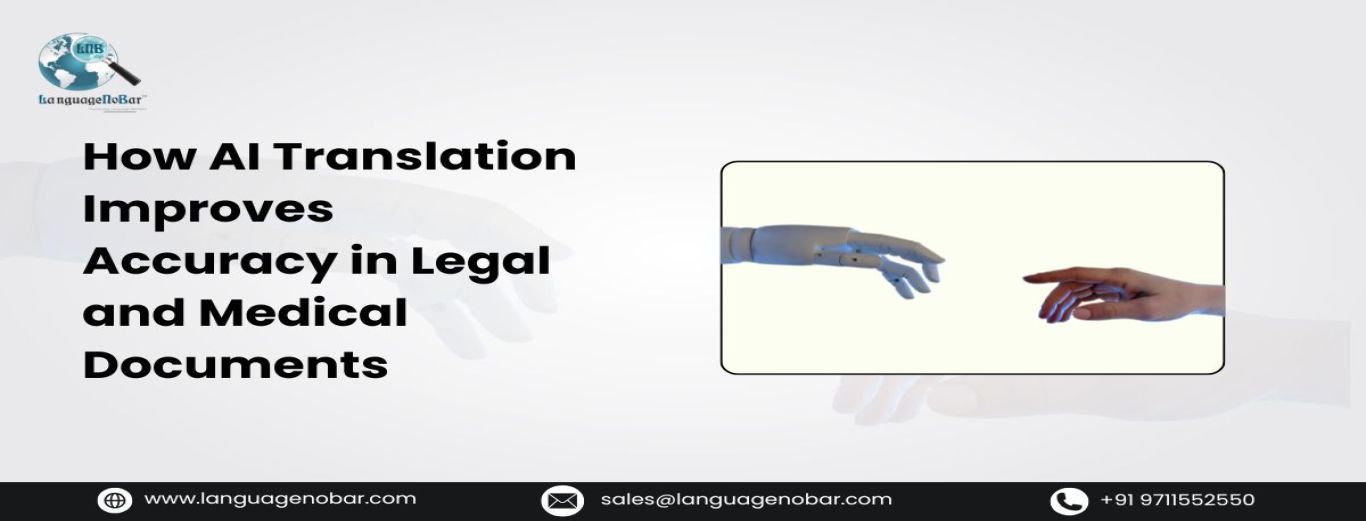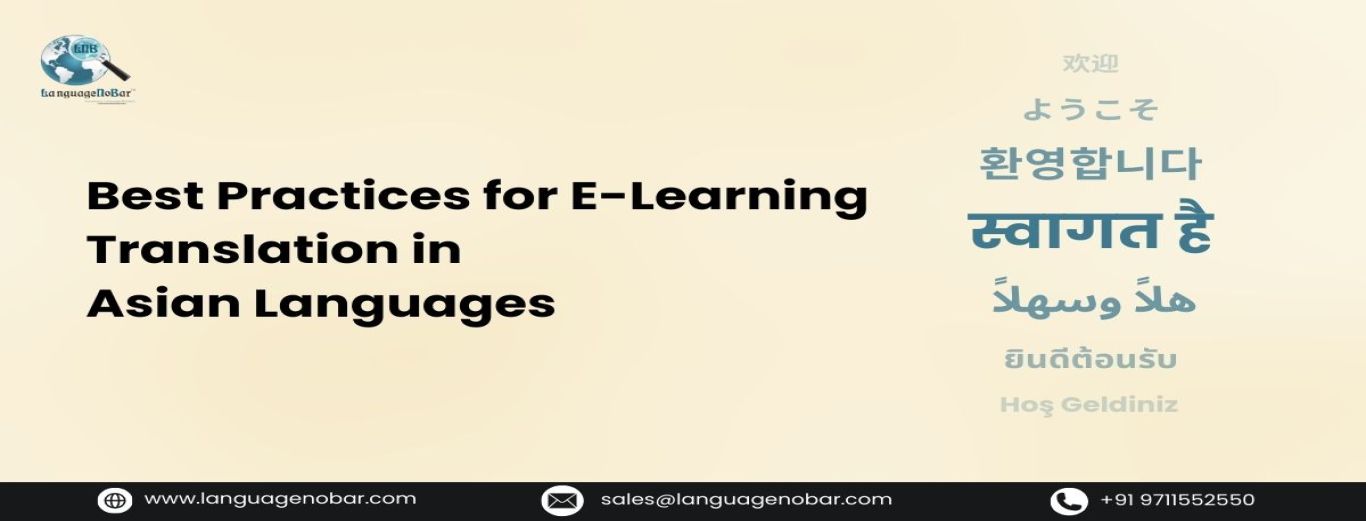Basic translation terminology - a must for all linguists/marketers
- Translation Services
- Comments (0)
Terminology is special words or expressions used in relation to a particular subject or activity. Getting to know the jargon of translation is an essential part for translators to do accurate translation work and for clients to fully comprehend how to obtain precise translation. Understanding all the jargon of translation is vital when it comes to delivering great translation with the right terms. Professional use of translations can be extremely wide, and for medical and pharmaceutical translation services, where specific industry words are used frequently, it is essential for every translator to be familiar with specific vocabulary and terms. Depending on the nature of the project, many translators prefer creating their own glossary of technical terms for every particular case.

Whether you are new to the world of translations, want to brush up your memory or looking to get your content translated, here is a brief guide to commonly used terms in translation and what they mean:
- Bilingual and multilingual: These words refer to the ability to communicate fluently in two, or even more, languages.
- Source Language (SL): The source language refers to the original language in which the documents are written. The source file or source language is then translated to the target language.
- Target Language (TL): The language into which your original text will be translated.
- Back-translation: The translation of previously translated content back into the original (source) language.
- Machine translation (MT) – This refers to a translation that is produced automatically by computer software without any involvement from a professional translator. MT translations are certainly convenient, but they do leave room for errors, which means a trained human translator is still a necessity.
- Computer-assisted translation (tools): The process by which a human translator uses computer software to facilitate translation. These CAT tools improve consistency and efficiency of human translation.
- Culturally-Sensitive Translation: Translation that takes into account cultural differences.
- Native Language: First language that a human learns naturally, usually since childhood. Also known as mother-tongue.
- Certified translation: Certified translations verify that a translation project is true and accurate and has been performed by an expert linguist.
- Globalization: The process of sharing services and products across borders and boundaries in a way that acknowledges and uses local languages, social norms, and cultural perspectives.
- Localization: The process of adapting a message to fit the economic, social, political, religious, and cultural customs of the target audience. Localized content presents your messages in a way that is more genuine and natural to the intended audience.
- Desktop Publishing (DTP): The act of formatting the layout of pages on publication software in order to have documents ready for print.
- Language Service Provider (LSP): A service provider or professional translation company that can guarantee that the content of a document is fully adapted to the terms of reference for a specific country or region. These providers work together only with local or native target language specialists.
- Translation Memory: Translated text segments stored in a database. A translation memory is a system which scans a source text and tries to match strings (a sentence or part thereof) against a database of paired source and target language strings with the aim of reusing previously translated materials.
- Project Manager: Individual who carries out management and coordination tasks for a given translation project.
- QA: Abbreviation for quality assurance which is a process designed to ensure translation quality. Specific processes are followed by professional translation companies with the purpose of minimizing errors.
- Syntax: The study of structure and elements that form grammatical sentences.
- Editable document: A file whose text can be selected by a text editor and whose words can be counted electronically by either these programs or a CAT tool.
- Word Count: The total number of words in a text. Typically used to price translation projects.
- Turnaround time (TAT): Total time that is needed to deliver the project.
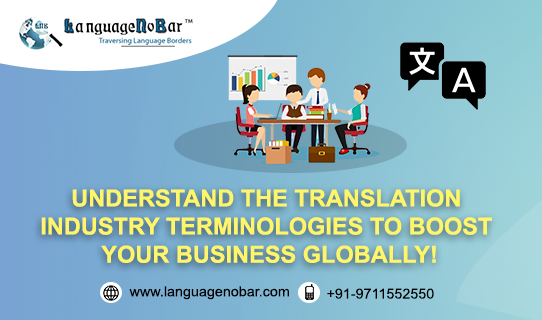
The main ingredient for a proper translation of texts with specific terminology comes with the fact of understanding their meaning and of their terms. A good translation agency can help to provide accurate and professional translations for various industries in quick turn-around time. LanguageNoBar is a leading language translation company in India that has a network of 10000+ native and professional translators who are skilled to provide you with the highest quality translation and localization services.
Knowing translation terminology can help you decide on the best translation strategy and understanding exactly what type of translation you require can take your business global!
Related blogs:
5 Reasons Why Localization Is Important For Your Ecommerce WebsiteLocalization and Internationalization: Key to better market expansionIngenious translations happen when the translator grasps the profound meaning of source text

